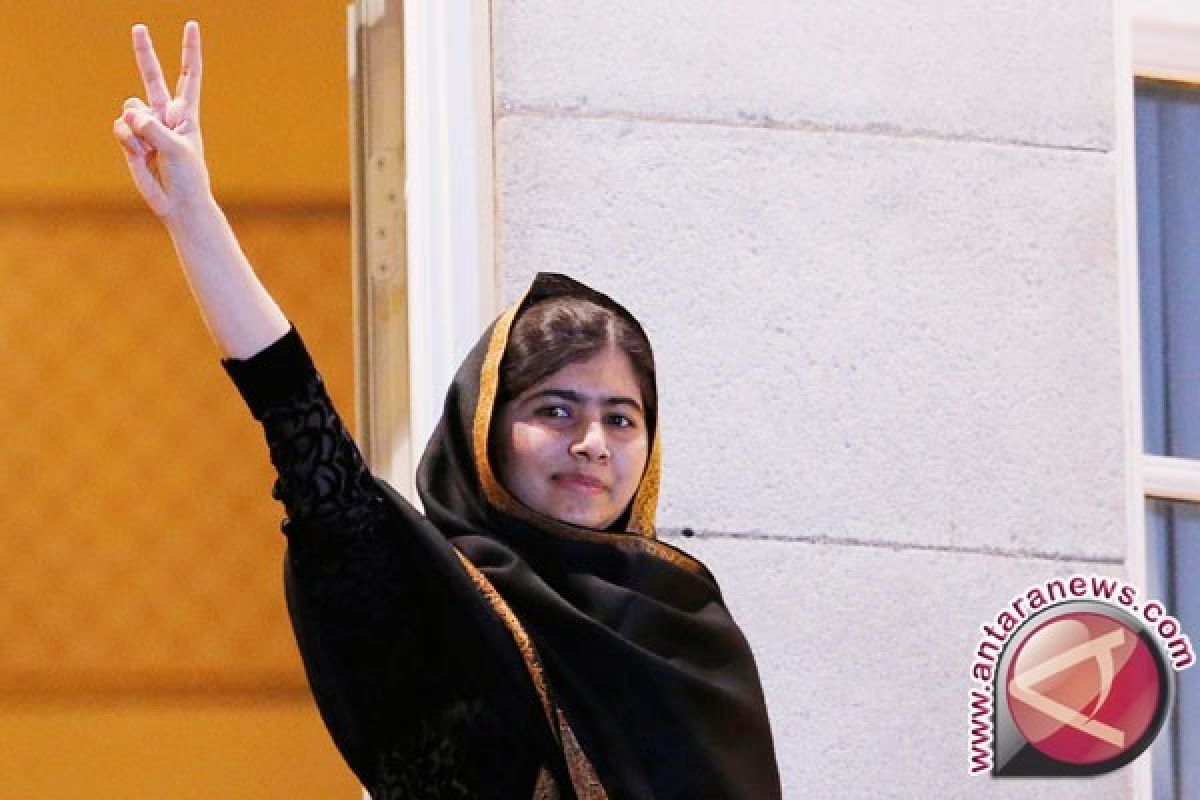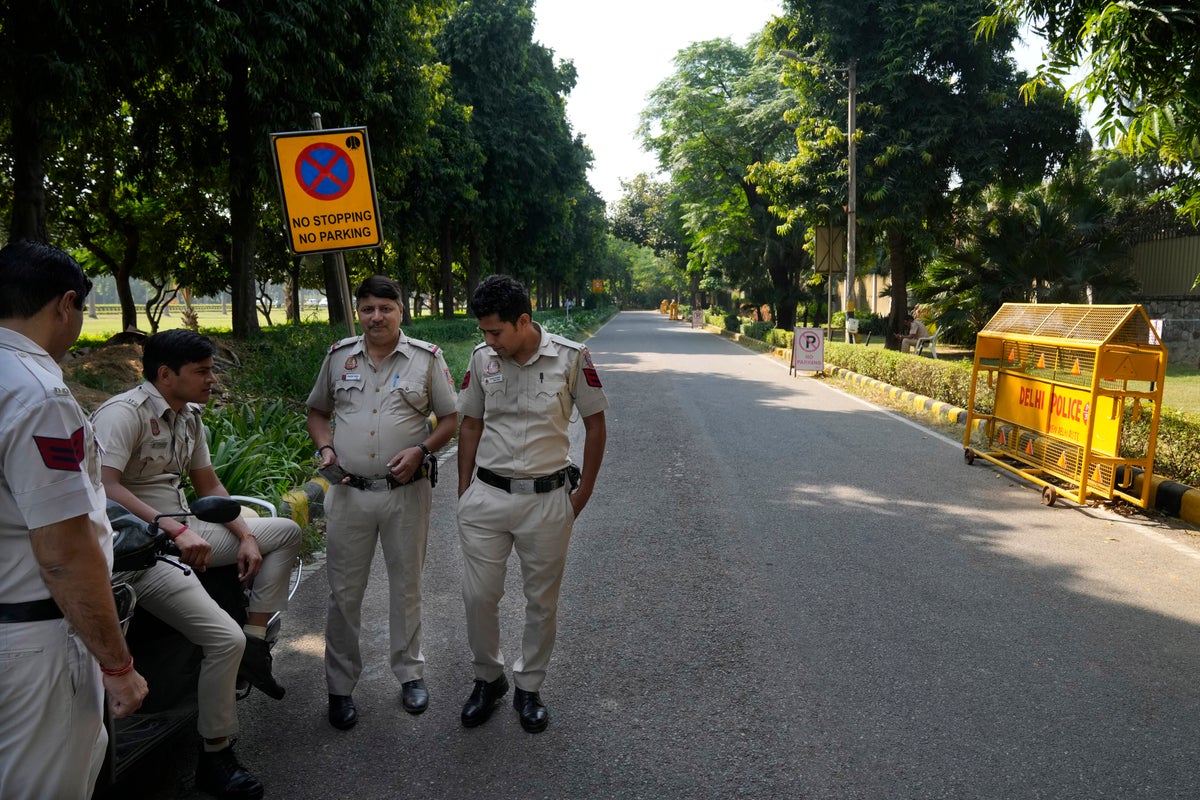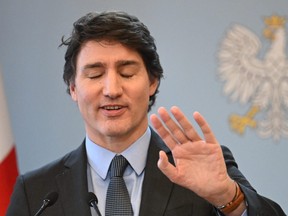As explained in the previous paragraph, in general, an alliance is a relationship of people, groups or countries coming together for mutual benefit or to achieve a common goal, whether through an agreement or not.
This is different from the Big Indonesian Dictionary or KBBI definition, which states that an alliance is a connection between two or more countries for political purposes. You could say that an alliance is a kind of partnership.
According to Britannica, an alliance is a formal agreement between two or more countries to support each other in the event of war or other serious problems. Although alliances can be informal, they are generally formalized by an alliance treaty whose most critical clause is that defining the casus foederis.
This is a situation where the treaty obliges one partner to help its colleague. Simply put, an alliance is a form of cooperation between two or more parties, such as countries, organizations, companies or individuals, who come together to achieve common goals or face common challenges.
In the book entitled AZ Health Promotion (2020) Glenn Laverack’s work explains that an alliance is a relationship between two or more parties (individuals, groups, communities or organizations) to achieve a series of agreed-upon goals, while remaining independent. The main goal of forming an alliance is to provide an opportunity for the parties involved in the alliance to increase their control over life.
Alliance members provide different resources such as financing, equipment, knowledge, technology transfer, expertise or intellectual property. An alliance is therefore a collaboration which aims to create a synergy where the benefits of each partner are greater than those obtained from their individual efforts.

“Thinker. Hardcore web aficionado. Zombie evangelist. Pop culture trailblazer. Student. Passionate twitter maven.”
:strip_icc():format(jpeg)/kly-media-production/medias/4194541/original/088726300_1666004447-pexels-cottonbro-6648410.jpg)





